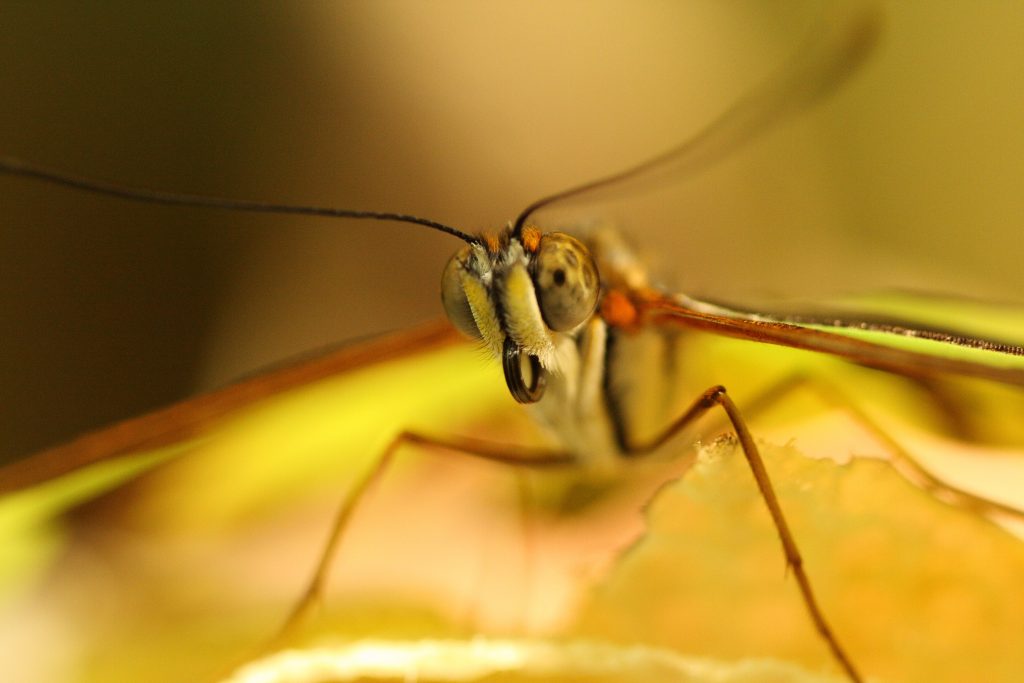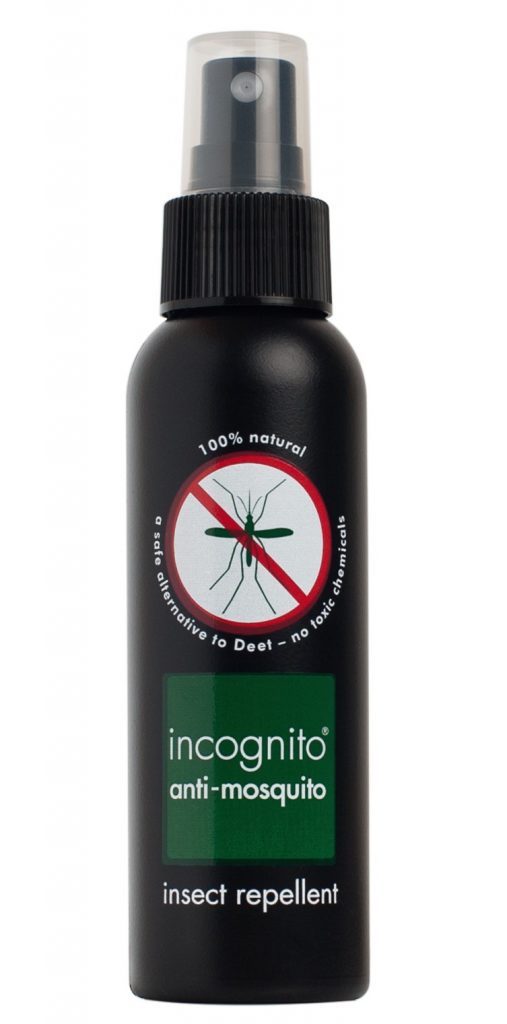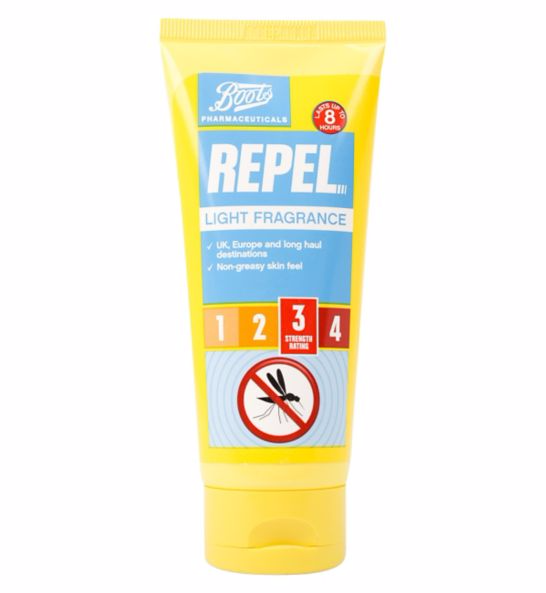The scientifically proven best insect repellents
 Going to an area with zika, malaria, lyme disease or other insect-borne nasties?You might be without even knowing it. Lyme disease is rampant in many wooded and countryside areas of North America and Europe. The Caribbean has all sorts of serious mosquito-transmitted diseases, even on your favourite luxury holiday islands. Florida and Texas have Zika. Europe has had chikungunya. And South America, Asia and the rest of the world all have their share of bilious bugs.But what repellent can protect you? Luckily, science has the answer. And it boils down to only four repellent ingredients.
Going to an area with zika, malaria, lyme disease or other insect-borne nasties?You might be without even knowing it. Lyme disease is rampant in many wooded and countryside areas of North America and Europe. The Caribbean has all sorts of serious mosquito-transmitted diseases, even on your favourite luxury holiday islands. Florida and Texas have Zika. Europe has had chikungunya. And South America, Asia and the rest of the world all have their share of bilious bugs.But what repellent can protect you? Luckily, science has the answer. And it boils down to only four repellent ingredients. The natural choiceUnfortunately, the vast majority of those lovely 'natural' repellents sold in health food shops or at local markets simply do not work. And forget mosquito wrist bands. At best, they'll keep mosquitoes away from a small area adjacent to the band. At worst, they won't even do that. And they certainly do nothing to protect the remaining 99% of your body.But if you're very keen on something vaguely 'natural', you will be pleased to know there is one type of semi-natural repellent that does work. I call it semi-natural because it only works when it is the synthetic version of a natural chemical.It's called oil of lemon eucalyptus - but do not confuse this with the ordinary type of lemon eucalyptus you can buy as an essential oil. That does not work (nor does Avon Skin So Soft ordinary bath oil, regardless of what your nan or the SAS told you.) The only brands really worth considering are those that have the synthetic form (sorry, but it's a fact) of Oil of Lemon Eucalyptus, known as OLE or PMD.On the downside - a very large one, in my opinion, but I'm cheap and lazy - it must be applied much more frequently than the best of the rest (i.e. the all-synthetic ones). That means you'll need to buy at least four times as much as you would of normal repellent because of the need for frequent, thorough reapplication. And it's essential that you set a timer so you don't forget to reapply - typically every two hours - or you could literally be risking your life in some places.You will find this ingredient in America in the REPEL HG-24109 Lemon Eucalyptus Natural Insect Repellent and in the UK in the Incognito
The natural choiceUnfortunately, the vast majority of those lovely 'natural' repellents sold in health food shops or at local markets simply do not work. And forget mosquito wrist bands. At best, they'll keep mosquitoes away from a small area adjacent to the band. At worst, they won't even do that. And they certainly do nothing to protect the remaining 99% of your body.But if you're very keen on something vaguely 'natural', you will be pleased to know there is one type of semi-natural repellent that does work. I call it semi-natural because it only works when it is the synthetic version of a natural chemical.It's called oil of lemon eucalyptus - but do not confuse this with the ordinary type of lemon eucalyptus you can buy as an essential oil. That does not work (nor does Avon Skin So Soft ordinary bath oil, regardless of what your nan or the SAS told you.) The only brands really worth considering are those that have the synthetic form (sorry, but it's a fact) of Oil of Lemon Eucalyptus, known as OLE or PMD.On the downside - a very large one, in my opinion, but I'm cheap and lazy - it must be applied much more frequently than the best of the rest (i.e. the all-synthetic ones). That means you'll need to buy at least four times as much as you would of normal repellent because of the need for frequent, thorough reapplication. And it's essential that you set a timer so you don't forget to reapply - typically every two hours - or you could literally be risking your life in some places.You will find this ingredient in America in the REPEL HG-24109 Lemon Eucalyptus Natural Insect Repellent and in the UK in the Incognito
 My favourite repellent (and the best)I want my repellent to work brilliantly, be affordable, be kind to my skin, require minimal reapplication and, er, not melt plastic (I'm looking at you Deet).Only one fits that bill, and luckily, it's widely available. It's called Icaridin, but you might also see it listed on the ingredients label as picaridin, KBR 3023, hydroxyethyl isobutyl piperidine carboxylate, Bayrepel and Saltidin. I can't tell you why it goes by so many names. I just know that it does.In the UK, you can get it in Moskito Guard Insect Repellent - 75ml spray
My favourite repellent (and the best)I want my repellent to work brilliantly, be affordable, be kind to my skin, require minimal reapplication and, er, not melt plastic (I'm looking at you Deet).Only one fits that bill, and luckily, it's widely available. It's called Icaridin, but you might also see it listed on the ingredients label as picaridin, KBR 3023, hydroxyethyl isobutyl piperidine carboxylate, Bayrepel and Saltidin. I can't tell you why it goes by so many names. I just know that it does.In the UK, you can get it in Moskito Guard Insect Repellent - 75ml spray
- You typically need to reapply sunscreen more often than repellent, so you're needlessly slathering on more chemicals then necessary by topping up your repellent more often than needed.
- Not enough independent research has been done into these to determine their efficacy.
I stick to separate products. Read the instructions on the label for how to apply, but typically, you apply the repellent first, allow it to dry thoroughly, then apply sunscreen. But just follow the instructions on the label as different ingredients have different requirements.Old dusty bottle?Throw it away. Insect repellent goes off - which means it doesn't work as well any more. It usually lasts about 18 months to 2 years once opened, but that's assuming you've kept it in a cool, dry place the whole time and not had it lying on the beach with you. Look on the bottle for expiry dates or info on how long you can use it after you opened it, but if you're not sure when this was, play it safe and throw it away. In future, write the date you open a bottle on a piece of masking tape, then stick it on the bottle.Not sure if you're going to an area with insect-borne diseases? See this post for more information.